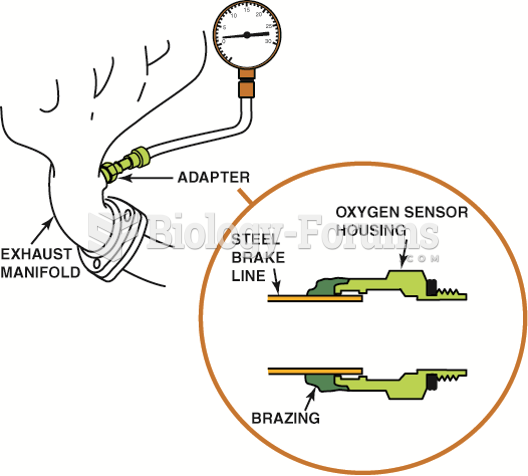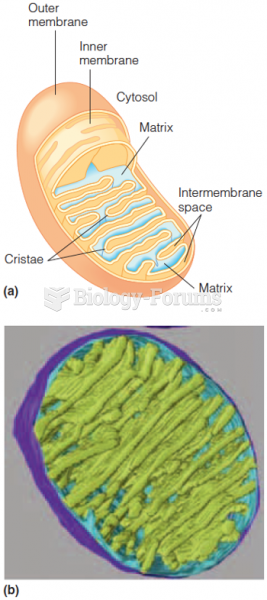|
|
|
More than 150,000 Americans killed by cardiovascular disease are younger than the age of 65 years.
There are 60,000 miles of blood vessels in every adult human.
Although not all of the following muscle groups are commonly used, intramuscular injections may be given into the abdominals, biceps, calves, deltoids, gluteals, laterals, pectorals, quadriceps, trapezoids, and triceps.
The lipid bilayer is made of phospholipids. They are arranged in a double layer because one of their ends is attracted to water while the other is repelled by water.
In inpatient settings, adverse drug events account for an estimated one in three of all hospital adverse events. They affect approximately 2 million hospital stays every year, and prolong hospital stays by between one and five days.
 In countries where water can be contaminated, breastfeeding is an important option for the health of ...
In countries where water can be contaminated, breastfeeding is an important option for the health of ...
 A backpressure tool can be made by using an oxygen sensor housing and using epoxy or braze to hold ...
A backpressure tool can be made by using an oxygen sensor housing and using epoxy or braze to hold ...





